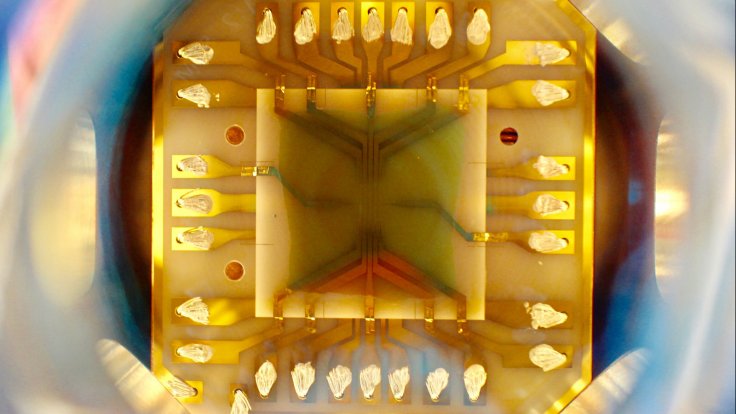
German scientists have created a rare state of matter, Bose-Einstein condensate (BEC) in which atoms are chilled to within a billionth of -273.15°C in space. It was created for six minutes in microgravity onboard a racket before it fell back to earth.
This creation was predicted by Bengali scientist Satyendra Nath Bose and physicist Albert Einstein in 1924-1025. Rainer Forke from the Space Administration at the German Aerospace Center said, "Bose-Einstein condensates are produced when a gas is cooled down to close to absolute zero. We are delighted to be able to demonstrate that the MAIUS 1 system works perfectly in space. During the microgravity phase, around 100 individual experiments were carried out on different aspects of matter-wave interferometry."
The MAIUS 1 experiment by the German space agency DLR had launched on 23 January 2017 on board a sounding rocket from Esrange Space Center near Kiruna in northern Sweden. The findings of the research project were published this week in the journal Nature.
Recently the space agency stated that scientists from 11 German research organizations have miniaturised the technology for the production of Bose-Einstein condensates which normally fills a whole lab room.
Tiny leasers were installed in the MAIUS device to slow the rubidium atoms and force them into a magnetic trap to allow for the intense cooling.
After conducting the research, scientists stated that the results have provided the "insights into conducting cold-atom experiments in space, such as precision interferometry. [They] pave the way to miniaturizing cold-atom and photon-based quantum information concepts for satellite-based implementation."
In addition, scientists have also said that the after the years of research the space-borne Bose-Einstein condensation has widened the possibility of quantum gas experiments in low-gravity condition.
Mark Lee from the US space agency NASA said, "We are very interested in German expertise for our Cold Atom Laboratory (CAL), a facility for the study of ultracold quantum gases. CAL is scheduled for launch to the International Space Station (ISS) in June 2017."









